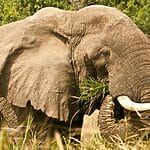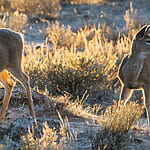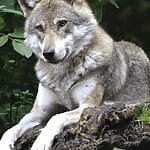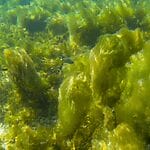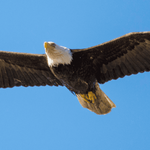The Meadowlands conservation and wildlife area is not only a conservation area, but it is also a land trust. Meadowlands focuses on the preservation of land and the protection of endangered species in the Hackensack region.
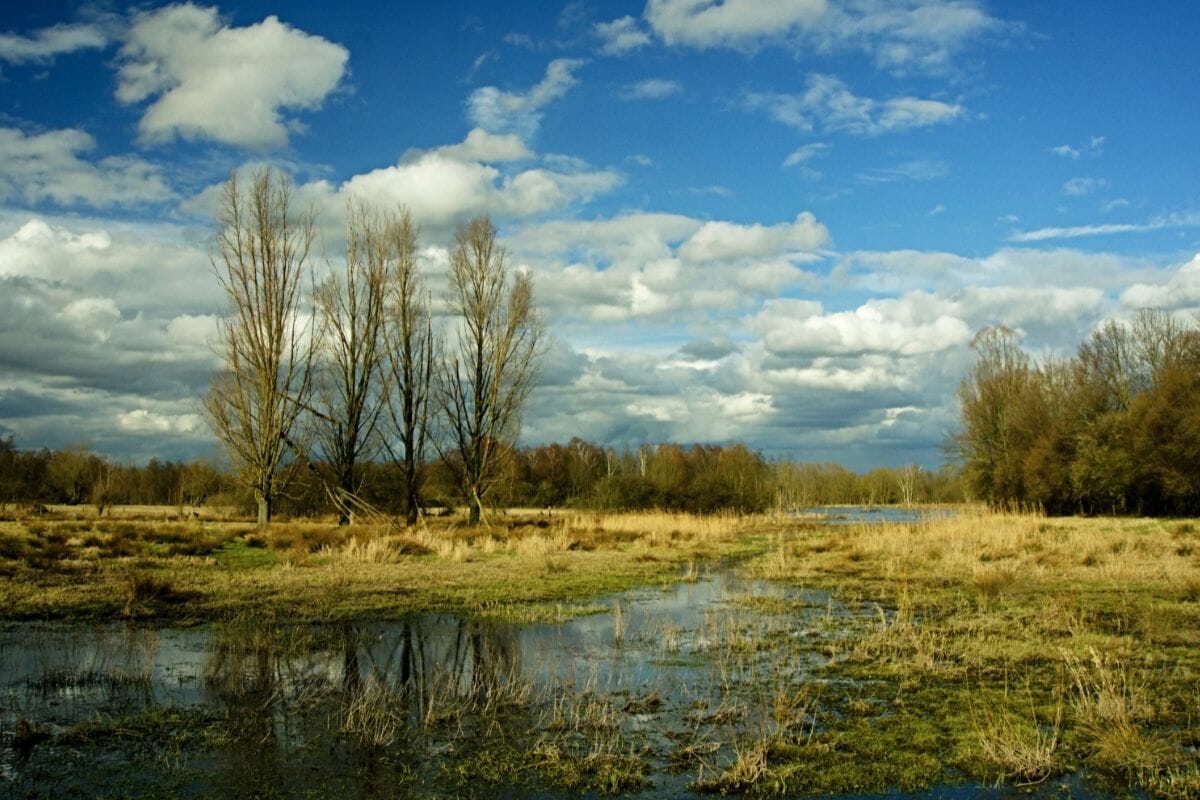
If you want to visit Meadowlands, we’ve included all the details you need to know if you’re going to visit the area.
Where Is Meadowlands Conservation And Wildlife Area?
The Meadowlands is located in Bergen County, which is the most populated county in New Jersey.
Hackensack is the largest municipality in Bergen County, and it is here that the Meadowlands is located, and runs across both the Hackensack and Passaic Rivers as they flow into Newark Bay.
There are many tributaries that flow through Meadowlands, including Berrys Creek, Overpeck Creek, and Mill Creek. However, these are only a few of the tributaries that flow through these wetlands.
Meadowlands has around 8,400 acres of undeveloped and developed space, all of which are part of the natural wetlands. If you’re traveling to Meadowlands, you’ll find that there are portions of New Jersey towns and cities that were built in this area.
What Issues Affect The Meadowlands?
There was once a wide selection of diverse ecosystems found within the Meadowlands, including freshwater, brackish water, and saltwater environments with a large forested area around them.
After Europeans settled there, the Meadowlands were treated as wastelands, and were subject to human interventions. Farmers would extract natural resources from the region such as salt hay to feed their livestock.
Once the forests were depleted of their resources, farmers would move from the land, and it would be at this point that the Meadowlands would be polluted.
Over the years, hazardous waste, sewage, and other refuse would be dumped in the Meadowlands. As the Meadowlands were treated as wastelands, people would both legally and illegally dump waste into the area.
One of the worst places where this occurred was at Berrys Creek, which had numerous chemical waste dumped there. If waste wasn’t being dumped there, then the deepening of the river also affected local ecosystems.
There have been some wildlife that were eliminated after Hackensack was deepened for navigation purposes. Due to these reasons, and due to the development of building sites, the Meadowlands became a source of concern for conservationists.
After all, there are still species that live in the region, with some of them now endangered.
Endangered Species In The Hackensack River Region
Overall, there are 88 species that live in the Hackensack River region both seasonally and annually. Of these species, there are a number of animals that have either been listed as endangered or of concern by Federal and State commissions.
Peregrine Falcon
The peregrine falcon was once in danger from organochlorine pesticides used through the ‘50s to the ‘80s.
Many peregrines would be born in eggs with thinner shells, and so very few survived to hatch, and many were born with high concentrations of PCB in their bodies.
It was due to this that in some areas such as the Hackensack River region that the peregrine falcon became a source of concern.
While the restriction of organochlorine pesticides such as DDT was able to help the peregrine falcon bounce back, it is still a work in progress in New Jersey.
Northern Diamondback Terrapin
The diamondback terrapin is a turtle that is native to brackish water habitats in North America. These terrapins fell into decline, as they were hunted for their meat and they lost their habitats when the Hackensack River was deepened.
In some states, diamondback terrapins are still hunted for their meat.
While hunting for northern diamondback terrapins is now illegal in New Jersey, they still face threats such as habitat destruction, which is why the Meadowlands Conservation Area is essential to the terrapins’ survival.
Northern Goshawk
The northern goshawk is not necessarily endangered as such, there are concerns about its natural habitat. In the past, they were treated as a pest, however, this is not as large a problem as it once was.
Nowadays, their biggest issue in New Jersey is that they are losing their forested habitats. One place where they now reside is Meadowlands, where they are able to find sanctuary and nest in peace without the risks of humans developing on the wetlands.
Pied-Billed Grebe
These little duck-like birds can be found in the waters of the Hackensack River. Over the years, with the dredging of the river, they have struggled to live peacefully in their habitats.
With water pollution affecting the rivers they live, the grebe has struggled to find their usual prey.
If there is too much activity from humans nearby, grebes have been known to flee, and may leave eggs vulnerable to predators, so Meadowlands is a great place for the grebe to find solace.
Cooper’s Hawk
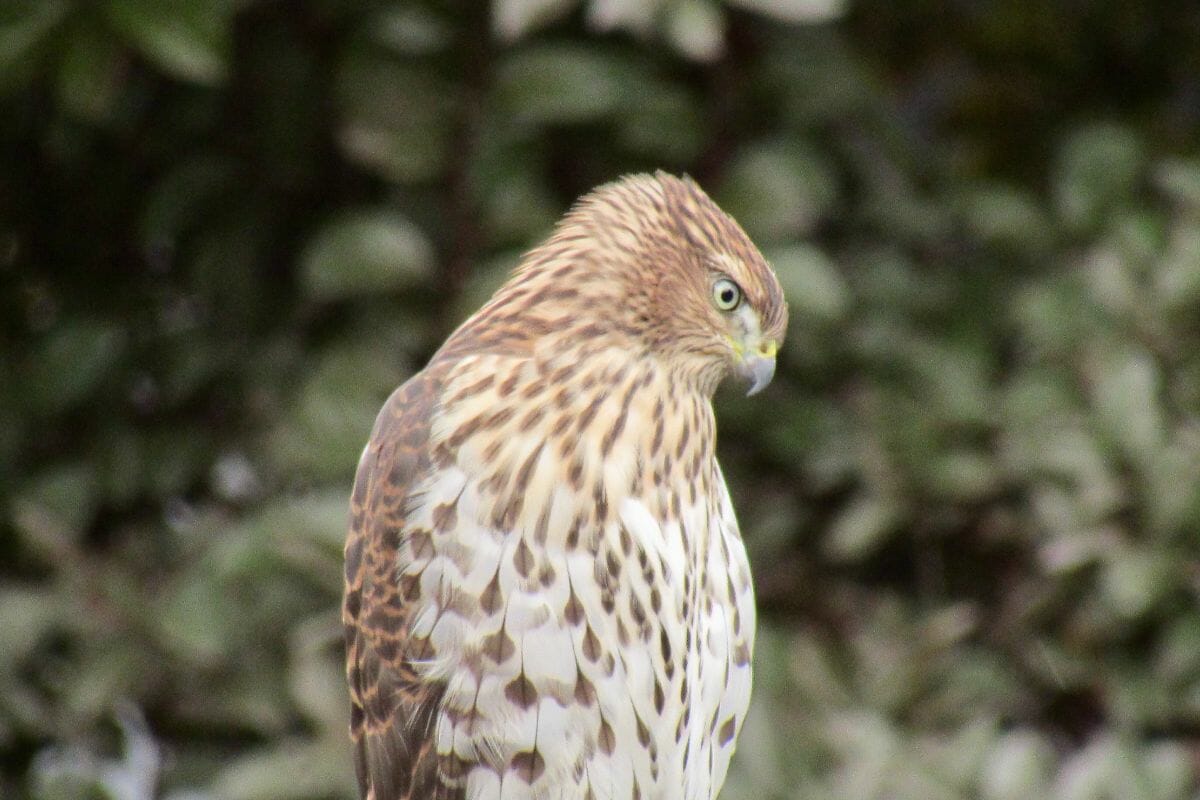
Found around America, Cooper’s hawk had a similar issue as the peregrine falcon. Back in the ‘70s, Cooper’s hawk was classed as endangered due to DDT.
However, they eventually found new habitats and were able to continue breeding. In the ‘90s, they were classed as threatened, but with the protection of habitats such as Meadowlands.
Northern Harrier
The northern harrier is also known as the ring-tailed hawk. They went into decline during the ‘50s and ‘60s due to the use of pesticides like DDT, which caused their eggshells to become abnormally thin.
They have since been losing a lot of their habitats, and need places like Meadowlands to nest successfully.
Black Skimmer
The black skimmer is one of many birds that have struggled to thrive due to pesticides and oils that are polluting their natural habitats.
Even the number of people who flock to the beach in the summer will force skimmers to escape to low-lying areas to sit in peace. Due to this, areas such as Meadowlands can help them.
Short-Eared And Long-Eared Owl
The short-eared owl is a rare sight in New Jersey, as they have lost habitat due to land development. With land development, the short-eared owl is unable to catch its prey, and has struggled to thrive due to human interference.
The long-eared owl has also had similar issues regarding their own loss of roosting and nesting sites.
Great Blue Heron
Although not a primary concern throughout the States, the great blue heron has been classed as a special concern by the state of New Jersey. The destruction of wetlands has put it in danger, and since the 1950s, they’ve lost a great deal of their natural habitat.
Final Thoughts
As you can see, the protection of the Meadowlands is vital to ensuring that the natural habitats of wildlife can continue to be protected. Many animals rely on the wetlands in order to survive, and without them, they will only continue to decline.
If you’d like to know more about the Meadowlands Conservation and Wildlife Area, why not head over to explore the wetlands around the Hackensack River.
As the Meadowlands is not a natural park, they rely on funds from the U.S. Environmental Protection Agency to protect the wildlife in the surrounding area.
Consider checking out some of the ways that the New Jersey Meadowlands Commission is trying to preserve the wetlands.

